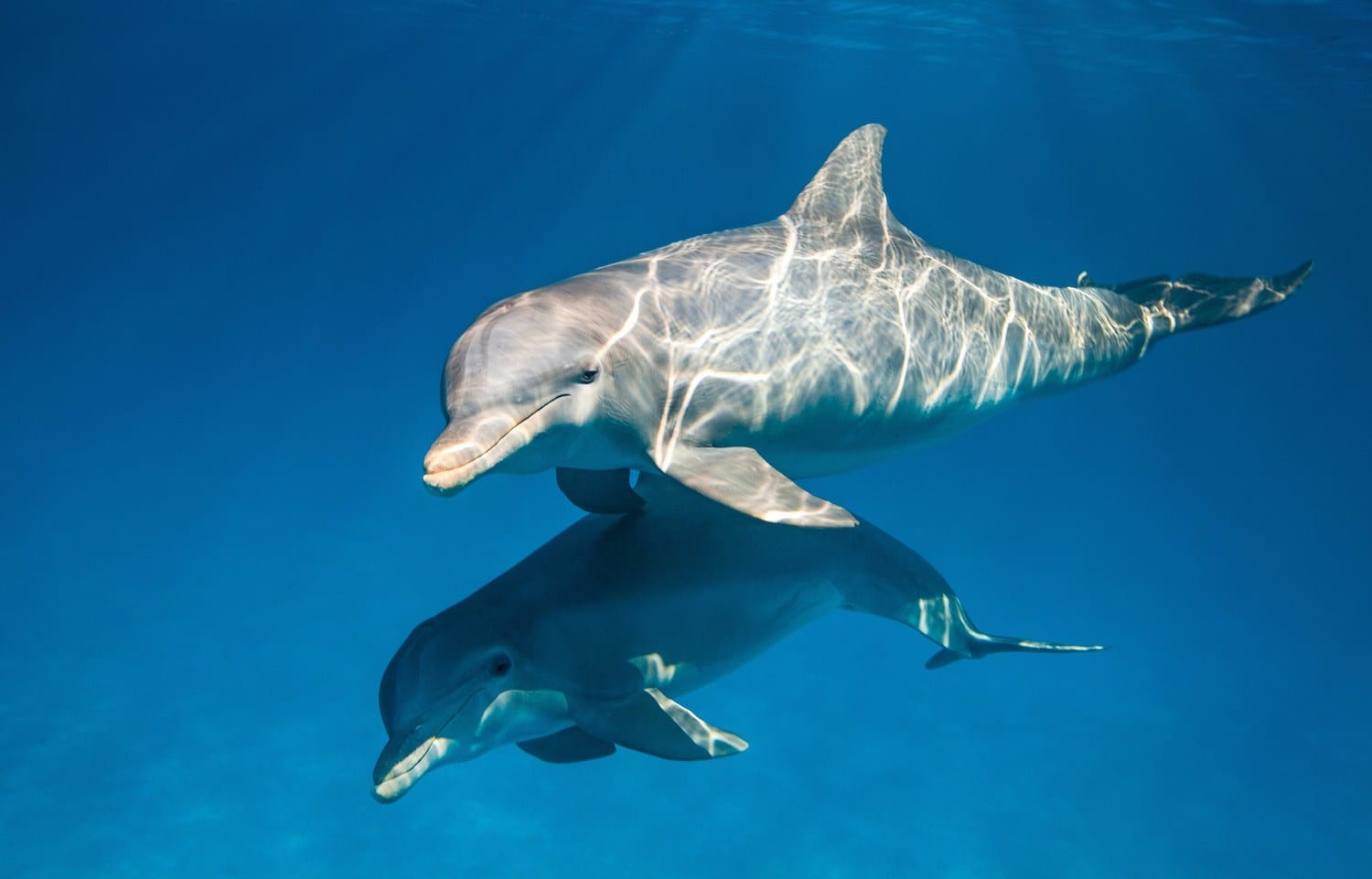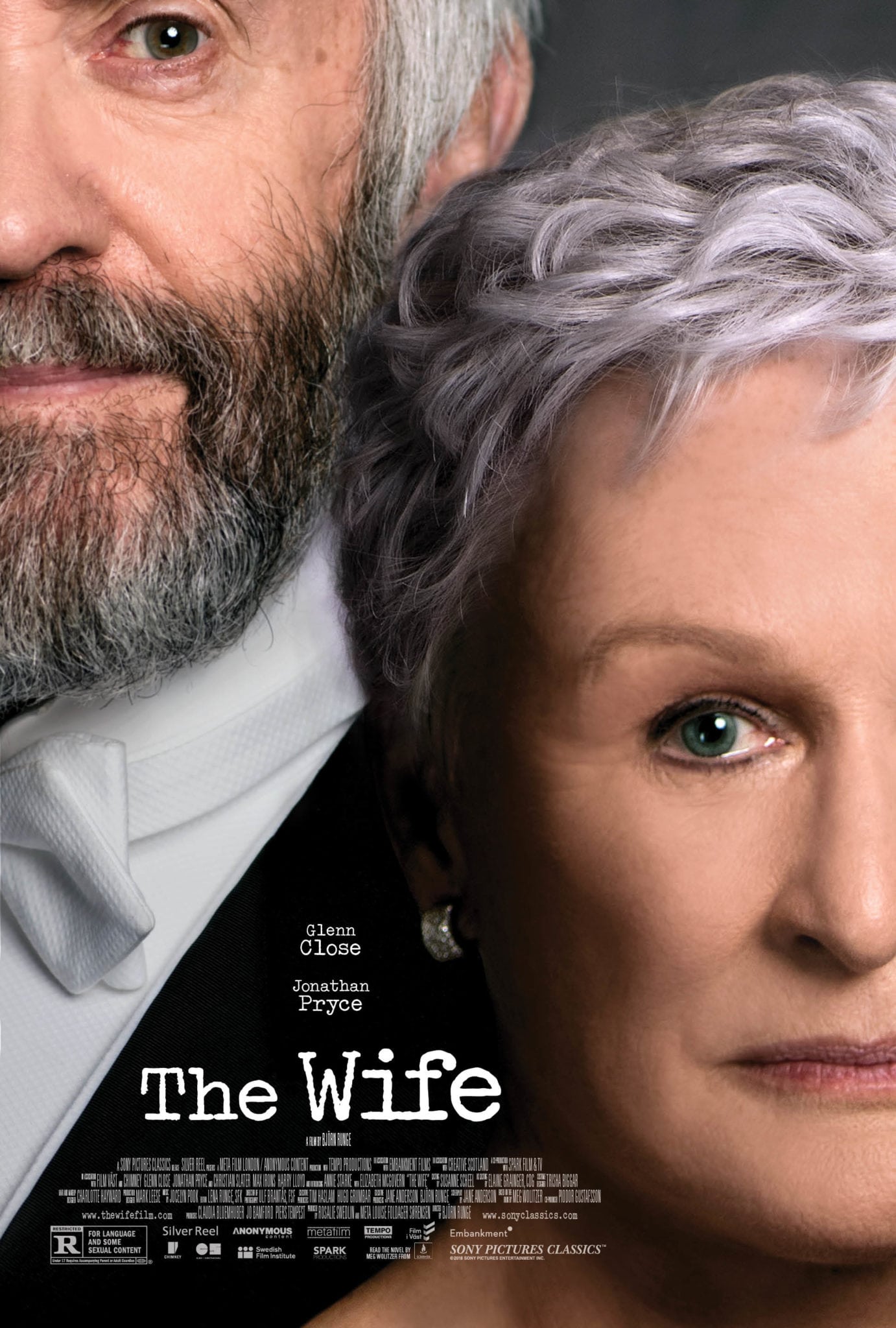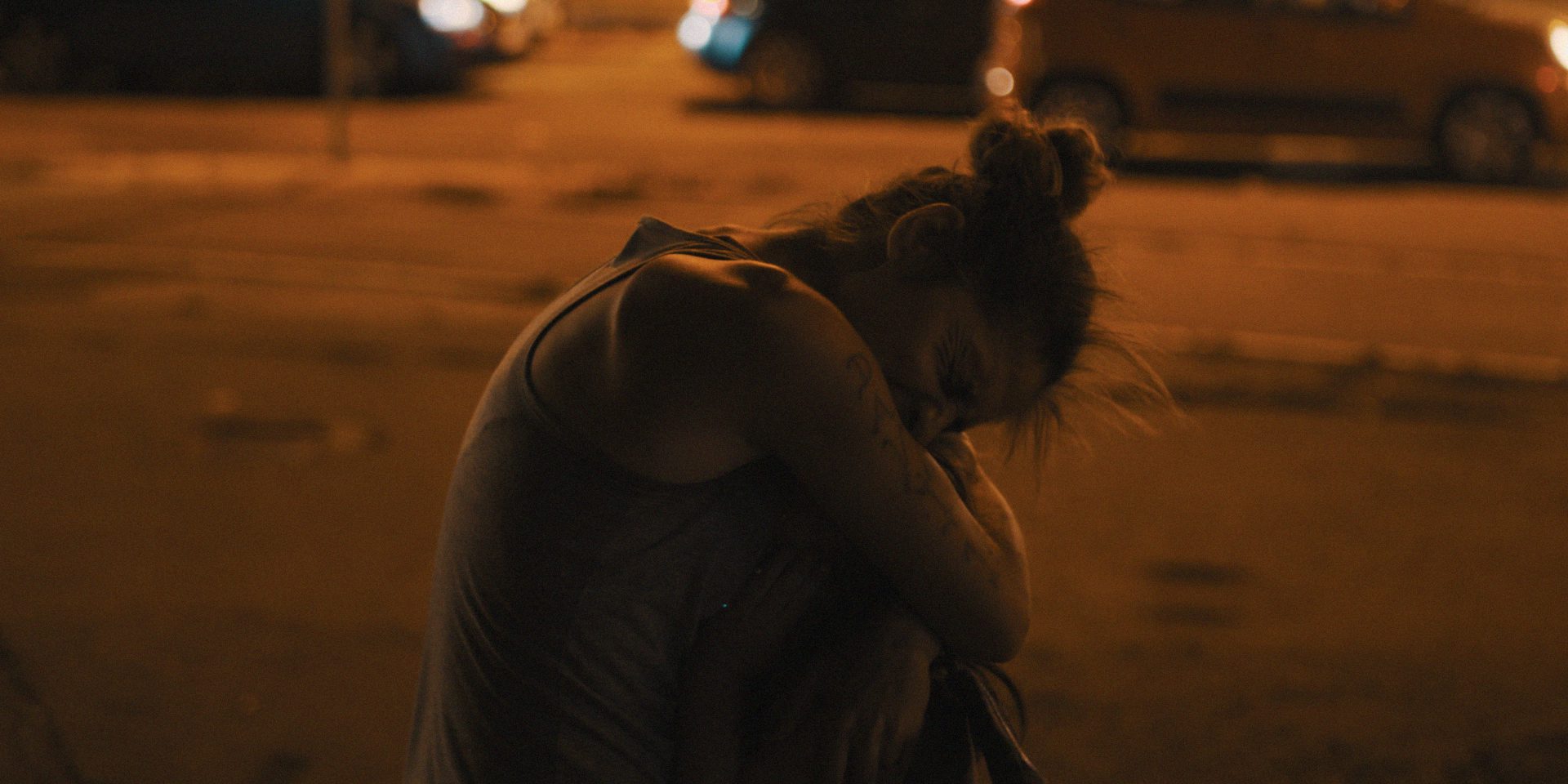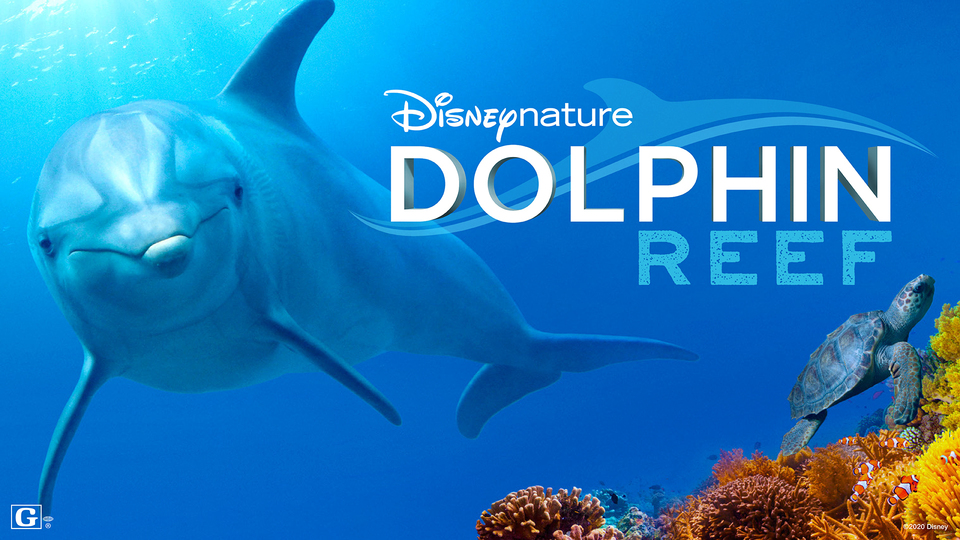
Produced by Roy Conli (Born in China) and directed by Keith Scholey and Allistair Feathergill (Bears), the documentary Dolphin Reef tells the story of Echo, a young Pacific bottlenose dolphin who is learning how to navigate life in the deep blue sea. Dolphin society is tricky, and the coral reef that Echo and his family call home needs each species to play their part. But the young and impetuous Echo has a tough time cannot help himself from diving into the many adventures the ocean has to offer. Asked how they got such incredible footage, Scholey notes that the process of getting dolphins to trust you is challenging at best.
?Step one is a lot of research to find the few places where you can get those sorts of things,? Scholey begins. ?Like most dolphins, if you hop in with them in the water, you’ll just see a tail vanishing into the blue. There are actually very few pods around the world that will actually accept you, especially in scuba. We needed to have dolphins that were very comfortable around a diver so we found a few remarkable places where that could happen. Then, once you’ve got that trust and it’s all cool, then you get to work. But even then, the thing that underwater film making is that you’re just getting snapshots. With dolphins, you follow it as long as it tolerates you. The moment it’s bored or had enough or got something else to do, it’s just a little flick of the tail and, boom, it’s gone. Then, you have to get out of the water and try again. It’s a far more labour-intensive process making an underwater film.?
When assembling the narrative for a nature documentary, the process requires shooting hundreds (or even thousands) of hours of footage and then attempting to compile them into a cohesive story. Despite the incredible amount of work involved, one might think that Echo?s story was really a number of different dolphins cut together. Even so, Scholey acknowledges that the core of the story remains one dolphin and his pod.
?The core of the story is actually one group of dolphins which are in the Red Sea,? Scholey explains. ?The mother and Echo are the characters that make the core of the story. If we could follow them where ever they went, that would’ve been fine, but we can’t do that. So, what we had to do is go to other places to pick up other elements of behavior. I look at the film as what might the life of a dolphin be like. It’s physically impossible to know the whole story because we can’t follow it. What we tried to do from all the science and all what we know about dolphins is put together a narrative that is true to a life of a dolphin and I think we’ve achieved that.?
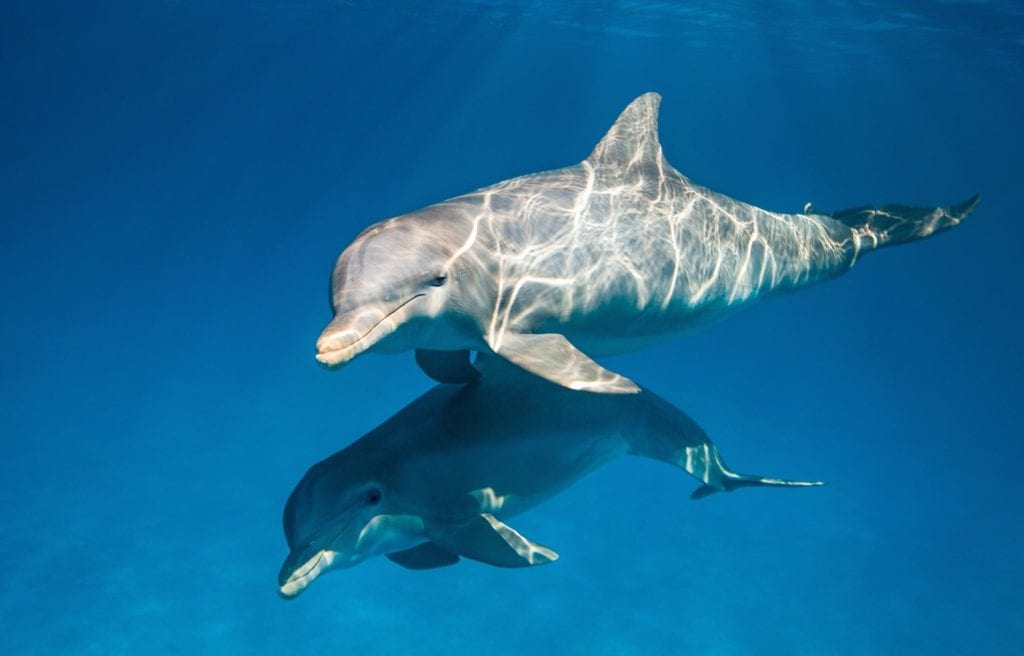
While Scholey has been involved in documentary filmmaking most of his career, producer Roy Conli?s journey to nature films has been comparatively brief. Having begun in the world of animation, he began to work with Disneynature in 2014. Now working in both industries, Conli feels that the partnership between the two areas has been mutually beneficial when creating narratives.
?I’ve been very fortunate in my career because I work with a lot of incredible artists on both the documentary side and on the animation side,? he points out. ?I was approached back in 2014, right after I completed Big Hero 6 and asked if I would like to help out on the story of Born in China. I jumped at the chance for two reasons. I thought that the director Lee Chuan was quite amazing, but also I’ve been giving to the snow trust for many, many years. I’m a big fan of snow leopards. That kind of drove my activism, or at least, my interest in the environment. Working with guys like Keith and his partner, Allister, have been just an amazing honor. I think the animation storytelling feeds the documentary narrative. We like to call [our stories] true-life adventures, much like Disney’s true-life adventures from the 50s. I basically help these guys who bring me the stories and we just try and push them to make them as open [as possible] to the broadest possible audiences that’s available.?
?It’s been fantastic for us as well,? Scholey echoes. ?We come from a pretty conservative wildlife filmmaking background. Coming together with the Disney animation team and developing stories with them has been a fantastic experience. You can see the synthesis of those two groups of talented people [when you watch].?
What?s more, Conli reminds us that, even though the Disneynature brand is only ten years old, Disney?s interest in wildlife filmmaking extends back for decades.
?Disney was one of the first nature filmmakers that actually got stuff out there,? he chimes. ?When you look back in 1948, it did a whole series up through the early sixties. Then, you see what companies like Silverback have done [in recent years] and what they’ve brought to the table with Earth and the amazing work that they’ve done. It’s just wonderful partnership.?
?From the personal side, I grew up on the true-life adventures as a kid,? he continues. ?I’ve seen them on Sunday evenings on Wonderful World of Disney. I was living in the suburbs of Los Angeles with not much connection with nature. They were the things that kind of opened me up to the wonder of the world. That’s what I want to share with families and kids that wonder and hopefully the care that we need to share with these incredible creatures and the support we need to give them. We are all one on this incredible planet and I want to get that message out to kids.?
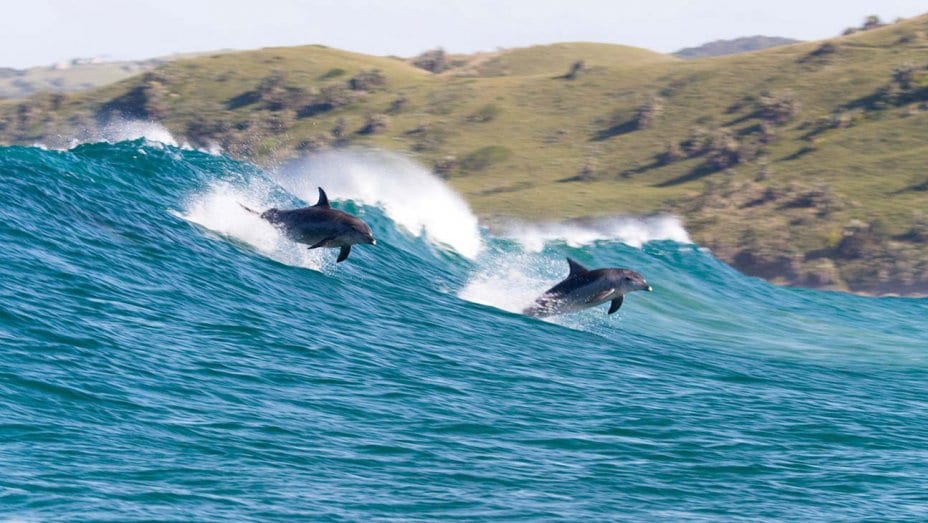
Central to the message that they want to communicate is the fact that natural wonders like the reef are struggling and that we must do our part in helping preserve these underwater havens. Thankfully, despite the damage that has been done, Scholey and Conli both believe that there is hope that things can change for the better..
?The oceans, by and large, are in trouble,? Scholey replies. ?Coral reefs are in big trouble. It’s almost our duty to get the message out that actually these are some of the most incredible and precious things we have. We have to get that to young people because they are the future. If the young people can fall in love with the ocean and its creatures, the oceans have a hope. That’s why I make these films. That’s the goal.?
?I don’t think there’s anything more beautiful than a healthy coral reef,? responds Conli. ?In the 1960s, there were only a thousand whales off the coast of Hawaii. Now there are over 10,000 whales. This is all because there is hope. There is a way of bringing this back and we just as a society, as a population, as humans need to support that.?
While the film?s primary focus is the wide variety of sea life, it also carries with it an intentional message of what it means to co-operate as an ecosystem. According to Scholey, the subtle message of togetherness stemmed from the relationships required to maintain the health of the reefs themselves.
?The whole idea of the film is actually based on very hard-nosed ecology,? he clarifies. ?The coral reef can actually only functions with a lot of participants doing different roles in a very ordered and organized way. It is fascinating that if you remove sharks from a coral reef, the whole ecosystem is degraded. We made a big effort to say sharks are not in the bad guys. Our reefs need sharks and this is the same with dolphins and predators and so on. In a way, [community] is the underlying message of the film. If anyone who watches the film comes away thinking, ‘if you live in the ocean, you need friends’, that for us is a success story. Then, we hope that will translate into you can’t just start overfishing certain species because the community will not survive if you kind of do that. So, there is a bigger message in the film. It’s not in your face. It’s just there.?
Of course, every doc requires someone to translate what?s happening onscreen and, for this real-life adventure, Conli was thrilled when Oscar-winner Natalie Portman came onboard the project.
?She does a great job,? he beams. ?She was living in Paris a while back and she went to a screening of one of our Disneynature films? and she expressed that she was interested in actually voicing one of these. She had brought her children to the screening and she was truly impressed. If you know anything about Natalie, she’s a really impressive artist, but an equally impressive activist. So, this was something that was right up her alley. When we contacted her, it was a very easy sell. In fact, she was ready to jump in immediately. When Keith and I recorded her in Los Angeles, she was just phenomenal. She was interested in the film. We would talk to her about the specific parts and what was happening in terms of the behavior and she was just able to take that. I think it was such a spectacular job.
Even though both men have a great deal of experience working in the natural world, there is always room to learn. In particular, Scholey believes that aspects of sea-life that caught his attention were the aggressiveness of humpbacks and the incredible intelligence of dolphins.
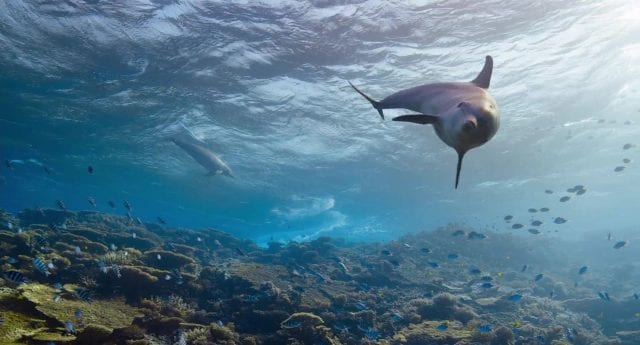
?When we film the whale parts actually fighting each other [impressed me],? Scholey recalls. ?We all think of kind of whales as being kind of gentle Leviathans and the energy and power of humpback whales when getting heated up is pretty astounding. But I think for me the real thing was that [even though] I always knew dolphins were smart. I always knew they were great but I just came away from finishing the film thinking that this is definitely an animal that’s on our level, in terms of behavior, smartness, culture. They work in different kind of environment a different way, but you just have to look at them and think [that they] are on our level. Maybe one day we’ll be able to talk to each other. That was certainly my take away.?
?The filming of that was phenomenal because that was above water, below water and the developing special pole cam to be able to get that underwater was amazing,? Conli agrees. ?I was just blown away by the mud rings that they use. That takes place off the coast of Florida and Alabama, I believe. Just the amazing cooperation between them in order to catch fish and share the bounty. It’s pretty impressive. They’re the only animal we know that can really design a kind of a trap and then cooperatively use it. It is extraordinary.?
Dolphin Reef also shows the incredibly advanced communication between dolphins that allows them to move in sync with one another, something which continues to impress Scholey and his team.
?The communication between dolphins is extraordinary and they can completely mimic each other’s behavior without seemingly talking to each other,? he says. ?[There’s a] very high-pitched communication and probably telling each other and exactly what they’re going to do next. But it’s so fast and they can so quickly react to each other. There [were] amazing experiments done on dolphins in the 70s and 80s in captivity where dolphins could they prove they could talk to each other. Mom was told to do a trick and they could tell the other one, ?Hey, I’m going to do this trick? and they would do it exactly together in synchrony. So, there’s a level of sophistication to their communication behavior, which is way beyond our understanding.?
With all their combined experience between them, both Scholey and Conli admit there is still much more that they want to see and explore about the natural world.
?I think that what’s happening with natural history now, what we know now is we can just always do it so much better,? Scholey reflects. ?There are two reasons for that. One is the scientific knowledge about animal behavior is getting bigger and bigger and bigger though. There are scientists in the field who really getting to understand different things so they can help us to get that insight. At the same time, technology is getting better and better and better so we can do the things we couldn’t do before. I think that the thing is, as opposed to really going and finding completely new creatures and creating new things, it’s going back to the ones we know about being able to reveal so much more about them in such exciting way. So that that’s, that’s the thing. I think the place we are, we are now. Mind you, at the same time almost all the natural world is declining all around us. So it’s kind of almost a race against time to get these moments.?
?It’s interesting because I started with my favorite animal, which is probably the snow leopard, but coming up we have an elephant film that’s just stunning,? points out Conli. ?We’re also working on a polar bear film. Talk about how important that is right now because it really is focused on survival, on the absolute survival of the planet and the species. So, you know, I think the more we can tell these stories, the more we can share with the populace, the better.?
For full audio of our interview with Keith Scholey and Roy Conli, click here.
Dolphin Reef goes under the sea on Disney+ on Friday, April 3rd, 2020.
Disney+FeaturesFilmInterviews
